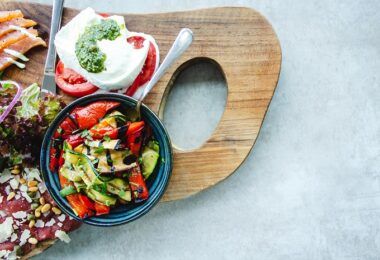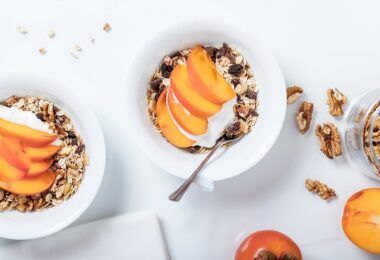Kratom has surged in popularity in recent years, providing natural and effective solutions for...
Fresh Topics
Why Prioritizing Mental Health Treatment Enhances Life Quality?
Why do people ignore their mental well-being until they feel stressed? Life is lately hectic...
Popular
The Benefits of Installing an Efficient Irrigation System for Your Garden
Gardening is a rewarding endeavor that brings beauty and life to any outdoor space. However, maintaining a thriving garden requires consistent and adequate watering, which can be challenging with traditional methods. Efficient...










































